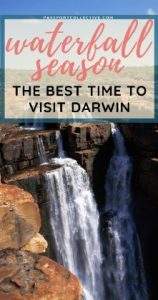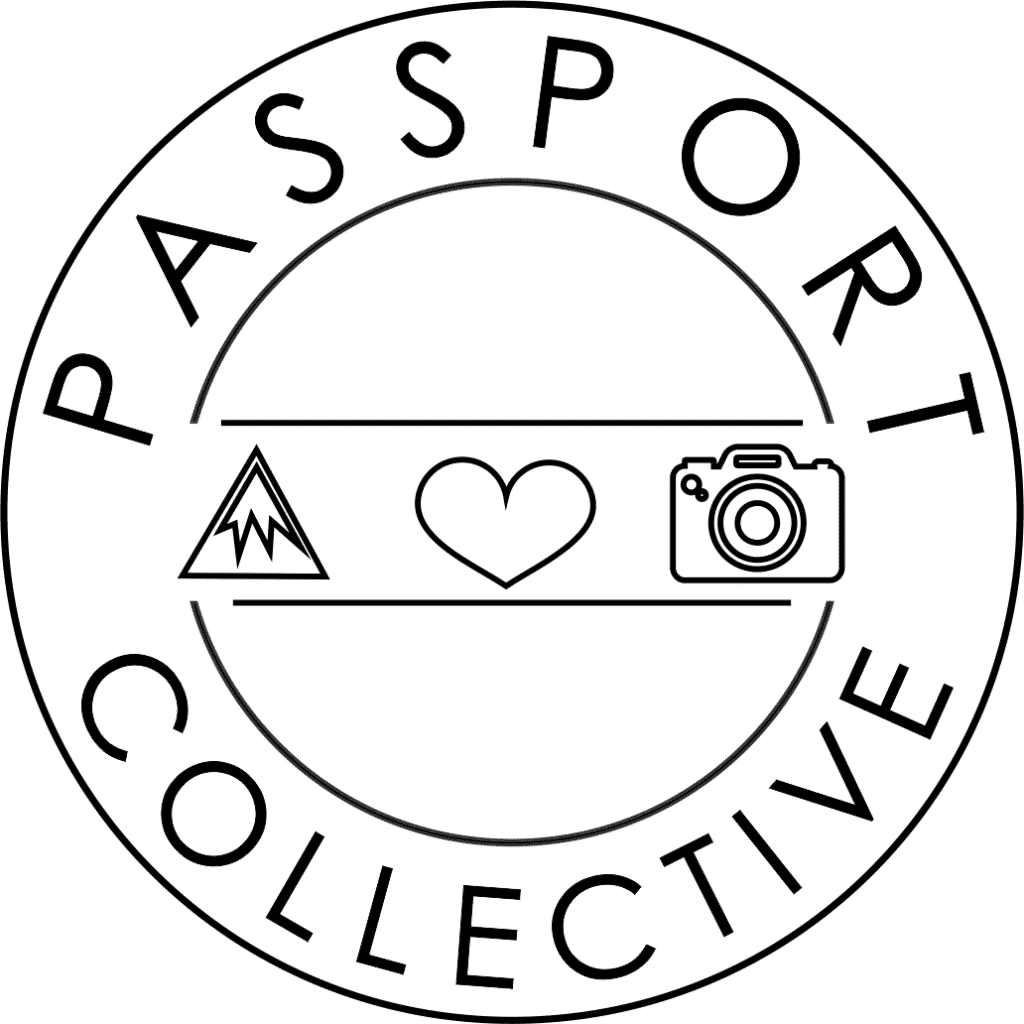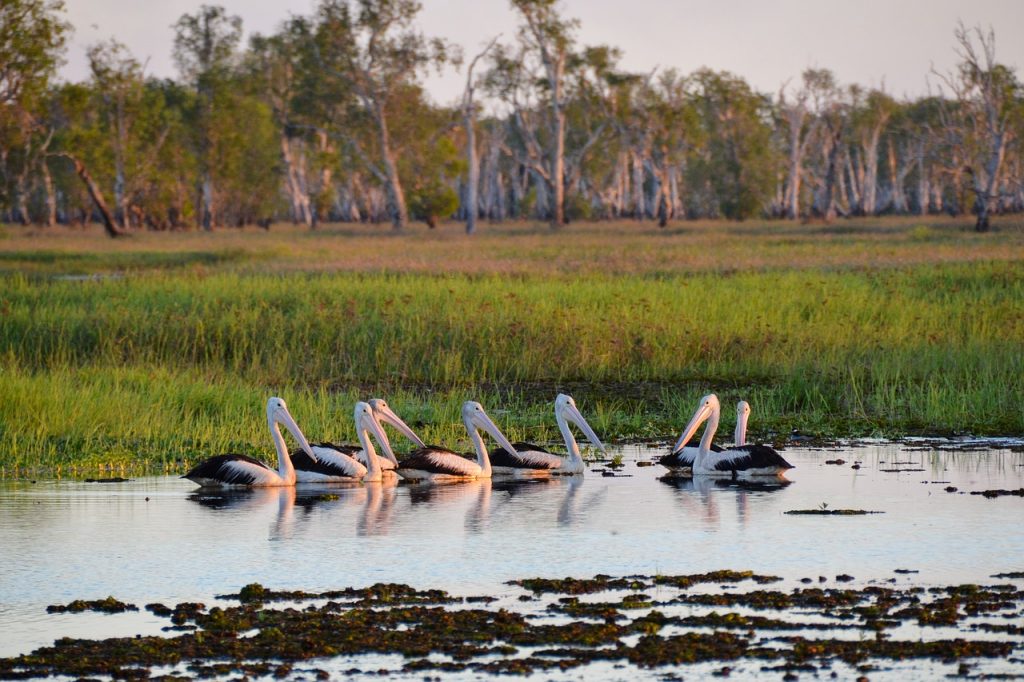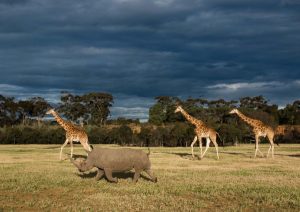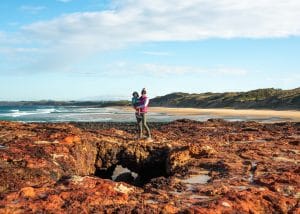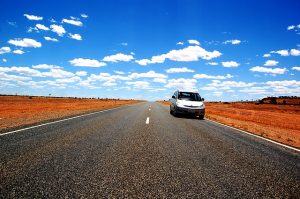Darwin is the northern most capital city of Australia and is situated in the Northern Territory. It is a gateway to areas of interest such as Kakadu and Litchfield National parks as well as Arnhem Land.
It is most easily reached by air and is both a domestic and international port. Alternatively you can drive, catch an interstate bus or take The Ghan from Adelaide or Alice Springs.
I’ll let you in on a little secret. Most Australian’s don’t holiday here (they don’t know what they’re missing out on!), favouring Asia or the East Coast, so tourism wise its relatively quiet and bordering on remote if you head out to the right parts of the national parks. Sounds perfect huh?!
WET SEASON DARWIN – NO WORRIES. THERE’S PLENTY TO SEE & DO
Regardless of whether it is the wet season (November to April) or the dry season (May to October), the weather is always pleasant and balmy. Darwin is a destination in itself, with its bustling waterfront and cultural festivals throughout the year.
You can trace the region’s history at its local museums, or enjoy a sail on the harbour. Popular with many, and quite iconic to the area, are the ‘crocodile cruises’ along the river, where crocodiles jump and leap for a tasty morsel. It is quite spectacular to watch these ancient creatures display their natural talent for leaping and jumping, whilst snaffling up a tasty treat. During my cruise, I wore a bright pink rain coat. During the ride, one of the guides told me that crocodiles are very attracted to this colour….I was pretty certain I had seen a few eyeing me off!
There are a multitude of options to keep you occupied and best of all the food and accommodation are well priced and varied.
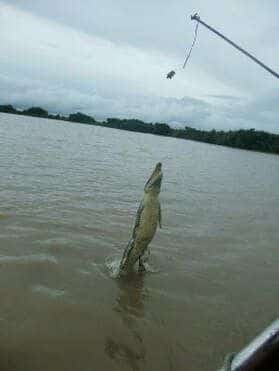
Kakadu National Park
A few years back there was a tourism ad for the top end focussed on Kakadu with the catch phrase ‘you’ll never never know, if you never never go’. The term ‘the never never’ comes from the sheer vastness of the open and untouched spaces in this region. At 19,804 km2 Kakadu is a great place to get accustomed to this idea.
Permits for Kakadu Park
You will need a pass to enter the park, with revenue going towards maintaining visitor services. Its easiest to book online.
Exploring Kakadu National Park
The sheer size of Kakadu means that you can stick to the path well travelled, or easily find a serene spot to enjoy. Unlike the red centre, much of the park is accessible to 2WD cars and unless you really want to get off road, you will be ok sticking to the tarmac.
The rain fall during the wet season is quite monsoonal and sporadic in nature, which means there will be definite gaps during the day, if not whole days at a time, where you will be able to get out and explore whilst avoiding the downpour.
All of this extra rain does make for some spectacular waterfalls, but be aware that swimming holes are a no go zone during the wet season as many rivers flood their banks and a crocodile could be lurking in there ready to gobble you up!
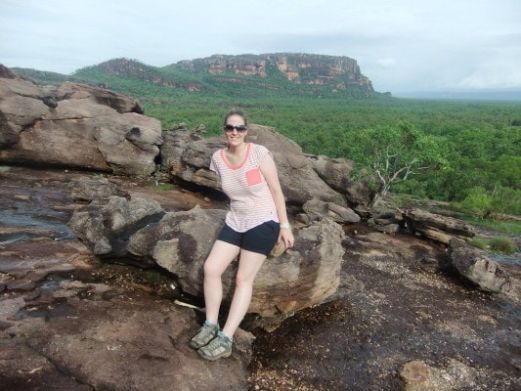
What to see at Kakadu National Park
In addition to the natural beauty of the site, it also has great historical significance too. Scattered throughout the park are unique cave drawings that remain from early Aboriginal inhabitants of the area. Some images are over 20,000 years old and will give you a new perspective to the concept of Australia being a ‘young’ country.
Whilst most wetland birds inhabit the area during the dry season, many can still be found during the wet season and there are many viewing points across the park. Organised tours are operated for those wanting more interactivity and interpretation of the site.
Where to stay at Kakadu National Park
There are many camp sites location throughout Kakadu and caravans are welcome. It is best to book your site in advance. For those that prefer a cabin or a hotel, you are also catered for. You may even enjoy staying in the iconic namesake shaped ‘Crocodile Hotel’ in Jabiru.
For more information on other activities within the park, visit the Kakadu National Park website.
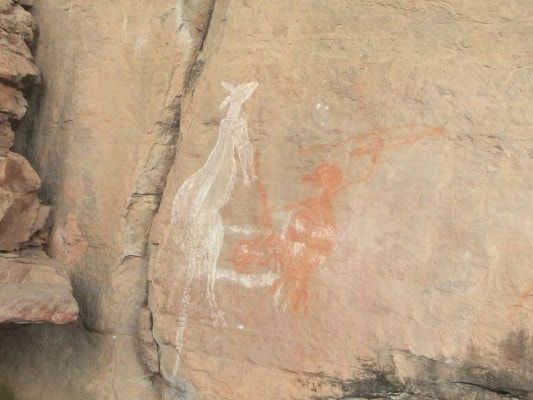
Litchfield National Park
At 1,500 km2 Litchfield is Kakadu’s much smaller, but still very beautiful, little sister. It is an easy drive from Darwin, and at 130km south of the capital, can be reached in under 2 hours.
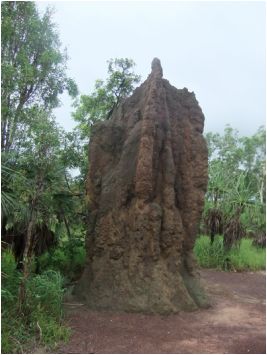
What to see at Litchfield National Park
Litchfield’s most unique sight would have to be its cathedral and magnetic termite mounds. Built by termites, they are amazing architectural feats complete with arches, tunnels, chimneys, insulation and nursery chambers. The cathedral mounds are tall conical structures, whilst the magnetic mounds are almost grave stone like in their construction and for a moment you could confuse a field of them with a burial ground.
Litchfield is also home to many spectacular waterfalls, Tolmer Falls being the most spectacular. The park also features many watering holes, but like Kakadu they are best swum in in the dry season and only after checking with rangers in Batchelor on your way in to the park.
Where to stay at Litchfield National Park
Powered and non powered camping sites are available within Litchfield National Park, but make sure you plan ahead as not all of them are 2WD accessible, particularly during the wet season. The quiet nature of the park means that it is excellent for camping and star gazing is a must.
On occasion the park is closed, so it is best to be prepared and check in advance. Tours are available either within the park or ex Darwin for those preferring to be guided. The park is also steeped in history with an old tin mine and homestead amongst other sites that can be explored. If you’re lucky you may even stumble upon a little potteroo!
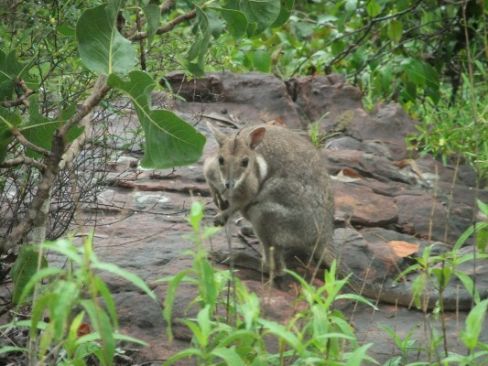
How to prepare for visiting wet season Darwin
Whilst Darwin and its national parks are very accessible, a degree of caution and preparation is required. Before travelling you should make sure you are prepared for or know about the following things:
Be wary of the wildlife
- Crocodiles are a real risk. Be mindful of warnings and heed them. People do get attacked.
- If the crocs don’t get you, then the leeches might. Don’t be too shocked if one (or more) find you a little too delicious to resist. Just don’t pull them off. A flame will do the trick.
- The wet season in particular is bug season. A mosquito net hat and insect spray is a must.
Plan your route and accommodation in advance
- Plan your route in advance. Many tracks are suitable for 2WD, but the wet season can change this. Don’t go off road if you don’t have a 4WD.
- Tell someone where you are visiting. Mobile phone reception is sketchy at best and without a satellite phone, chances are no one will be looking for you unless they know you haven’t returned, or where to look for you if they don’t know where you’re visiting.
- Have a plan in place for where you are going to stay. It is best to book accommodation and park entry, if required, in advance.
- A tidy park is a happy park. Most national parks do not have rubbish bins because they want you to take your rubbish with you. Please ensure you do this.
Dress and plan for the weather
- The temperature in this area ranges from 25 – 32°C (76.5 – 89.6°F). Wet season Darwin humidity is often above 80% Make sure to pack plenty of water and food with you as there is nowhere to buy it within the park.
- Bring wet weather gear and quick drying summer gear. Whilst you may look a little funny wearing thongs (flip flops), quick dry shorts and a rain jacket, you’ll be dry in no time if you dress appropriately for showers and not too concerned about stepping out in the rain.
- Sunburn is an issue in Australia. It is advisable to wear sunscreen all year round, even if it is cloudy.
Chances are you’ll have a fantastically safe and wonderful trip and you’ll wonder why you ever felt slightly overwhelmed at the thought of crocodiles and taking the required precautions. Other than my croc trip, I didn’t actually see one in the national parks at all, so whilst its advisable to exercise precaution during your visit, this is not a frightening or threatening place to visit whatsoever.
Enjoy!
